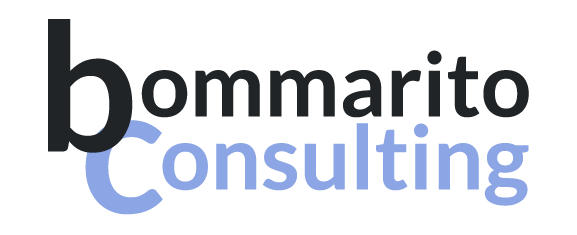My first experience with R was in 2007 as a sophomore in undergrad. As part of a larger project on pricing day-ahead electricity futures, I wanted to cluster locational marginal price (LMP) data from the ISO-NE. Something like k-means is easy to plot and visualize in low-dimensions, but this data was better approached by hierarchical methods. However, there was no easy way to hierarchically cluster data in Python at the time (like hcluster now), and visualizing the resulting dendrograms would certainly have required reinventing the plotting wheel.
As a result, I decided to learn R, which supported hclust and dendrograms in its base package. In 2007, however, the R community felt like a much different world. Outside of the mailing list, there were very few resources that were reliable or well-updated (and yes, searching for R on Google was even harder then!). I think Dirk’s site is the only one I really remember using outside of the mailing list. You can imagine this made learning to use R and specific packages somewhat difficult. The experience was frustrating, slow, and required a real hacker mentality and patience.
Four years later, things are significantly better for those hoping to learn R. There are accessible, reasonably priced books. More importantly, there is a vibrant community of bloggers and hackers whose output is easily accessible. Today, the best place to stay abreast of trends in the R world is R-Bloggers, the excellent aggregator run by Tal Galili. Many common tasks and interesting ideas can be found in the content brought together there. Thanks Tal, and boy, do I wish your site had been around four years ago!

Thank you for your kind words :)
Best,
Tal